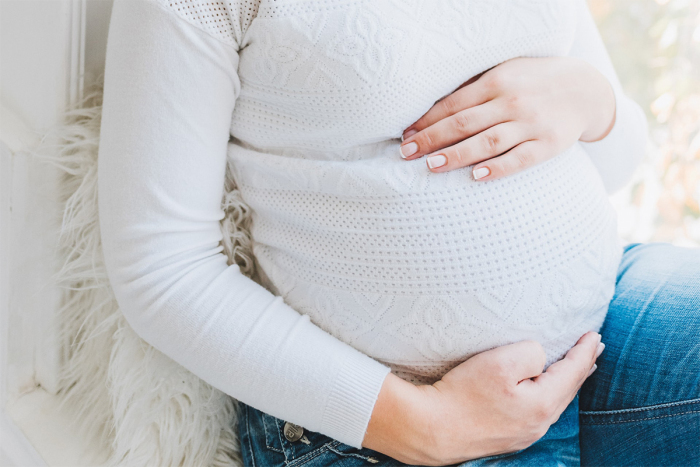US birth rate continues to drop, lowest in decades: CDC report

The U.S. birth rate has continued to decline, according to recently released statistics, with the reported number of babies born in 2023 being the lowest in decades.
U.S. Centers for Disease Control and Prevention’s National Center for Health Statistics released a report this month analyzing provisional data received from birth records compiled for 2023.
According to the report, there were 3.59 million births in the U.S. in 2023, which was a 2% decline from 2022, with the number below the replacement level, which the report defined as “the level at which a given generation can exactly replace itself.”
“The rate has generally been below replacement since 1971 and consistently below replacement since 2007,” noted the report.
The CDC report found that, from 2022 to 2023, fertility rates had declined by 1% among Hispanic women, 3% for both white and Asian women, and 5% for both American Indian and African American women. The fertility rate remained “essentially unchanged” among Pacific Islander and Native Hawaiian women.
Dr. Brady Hamilton, the report's lead author, told CNN that researchers have seen “larger declines in the past” and that the 2023 drop “fits the general pattern.”
The report also found that the birth rate among teenagers had dropped to its lowest numbers since at least 1991, with the birth rate for female teens aged 15-19 dropping by 3% in 2023.
“The highest rates have, over time, been shifting towards women in their 30s whereas before it used to be with women in their 20s,” Hamilton added.
“One factor, of course, is the option to wait. We had a pandemic, or there’s an economic downturn, let’s say — women in their 20s can postpone having a birth until things improve and they feel more comfortable. For older women, the option of waiting is not as viable.”
The 2023 birth rate is lower than the approximately 3.605 million births recorded in 2020 in an earlier CDC report, which noted that 2020 saw the lowest birth rate since 1979.
In a 2021 analysis of the 2020 numbers, the Southern Baptist Convention’s Ethics & Religious Liberty Commission expressed concern over statistics showing the dropping birth rate.
“In most developed countries, such as the U.S., the social safety net is structured in a way that makes young people a form of ‘old-age insurance.’ Societies create a pay-as-you-go system that is dependent on there being a greater number of younger people of working age relative to those of retirement age,” noted the ERLC.
“But the system becomes more difficult to maintain when the ratio is reversed. In 2018 the ratio was 2.8 workers for every retiree, and it’s expected to drop to 2.2 by 2049. Because of a falling fertility rate, that number could drop close to 1:1 by the time younger millennials and Gen Z reaches retirement age.”
The ERLC also feared that “as more resources are needed for the elderly relative to the young, they could be viewed as a ‘burden on society,’” leading to “an acceptance of voluntary euthanasia.”




























